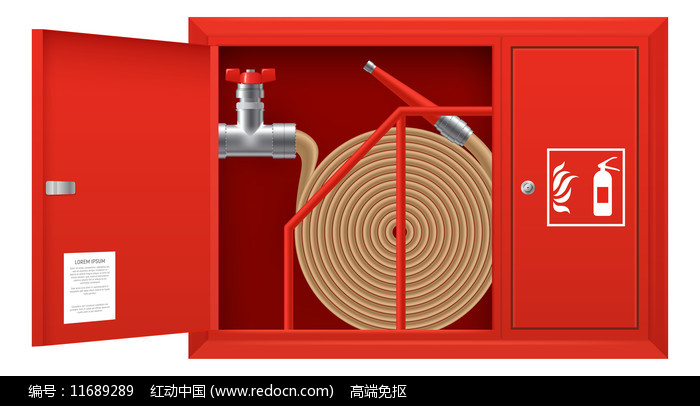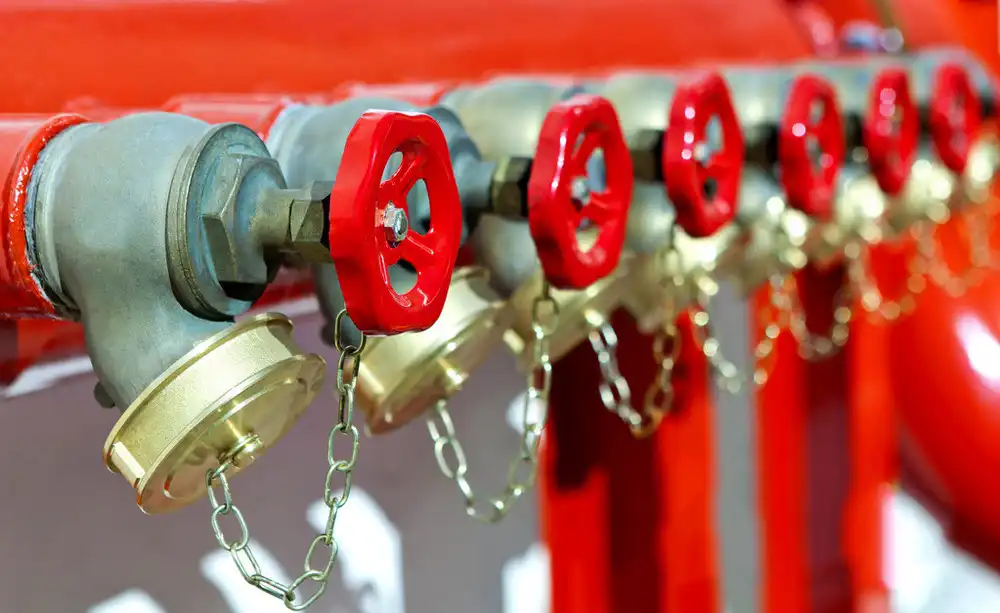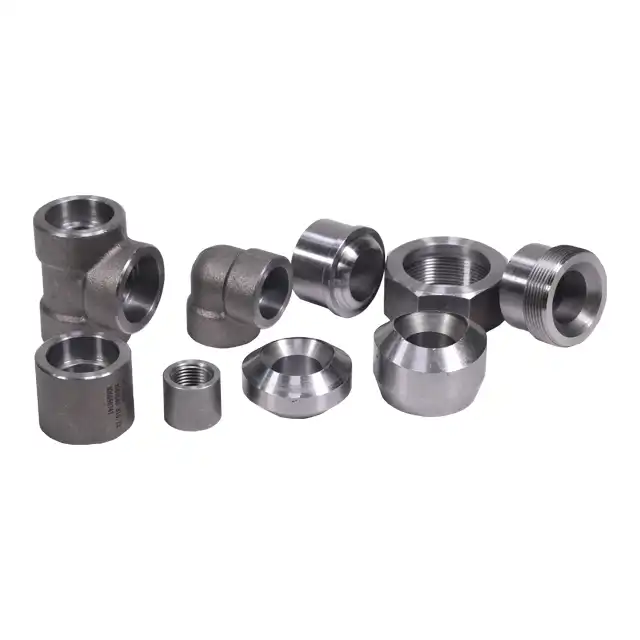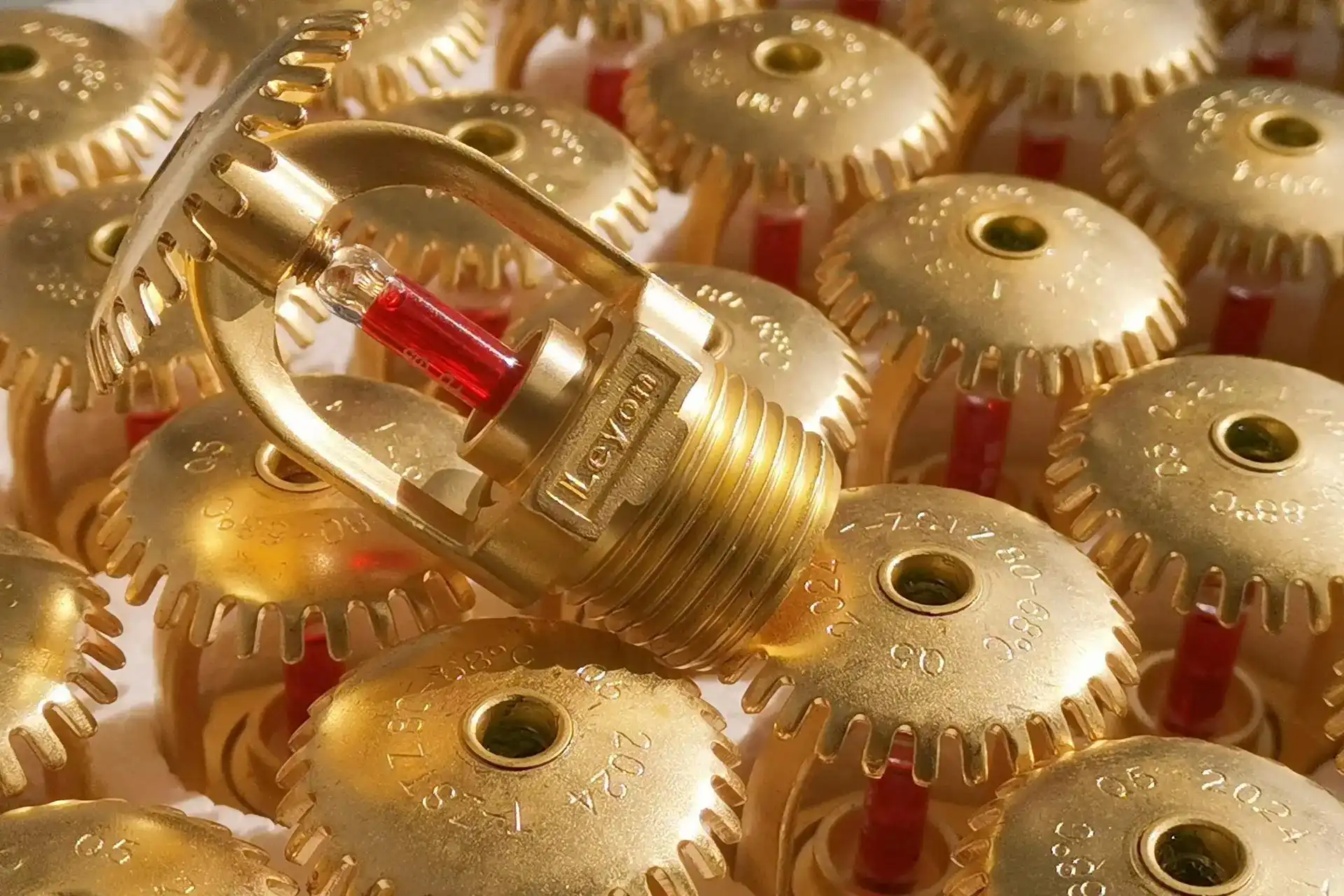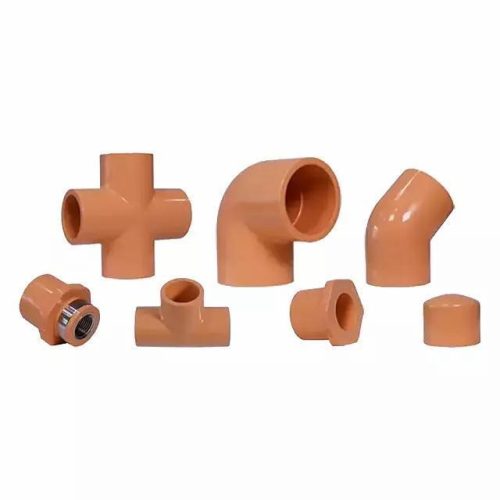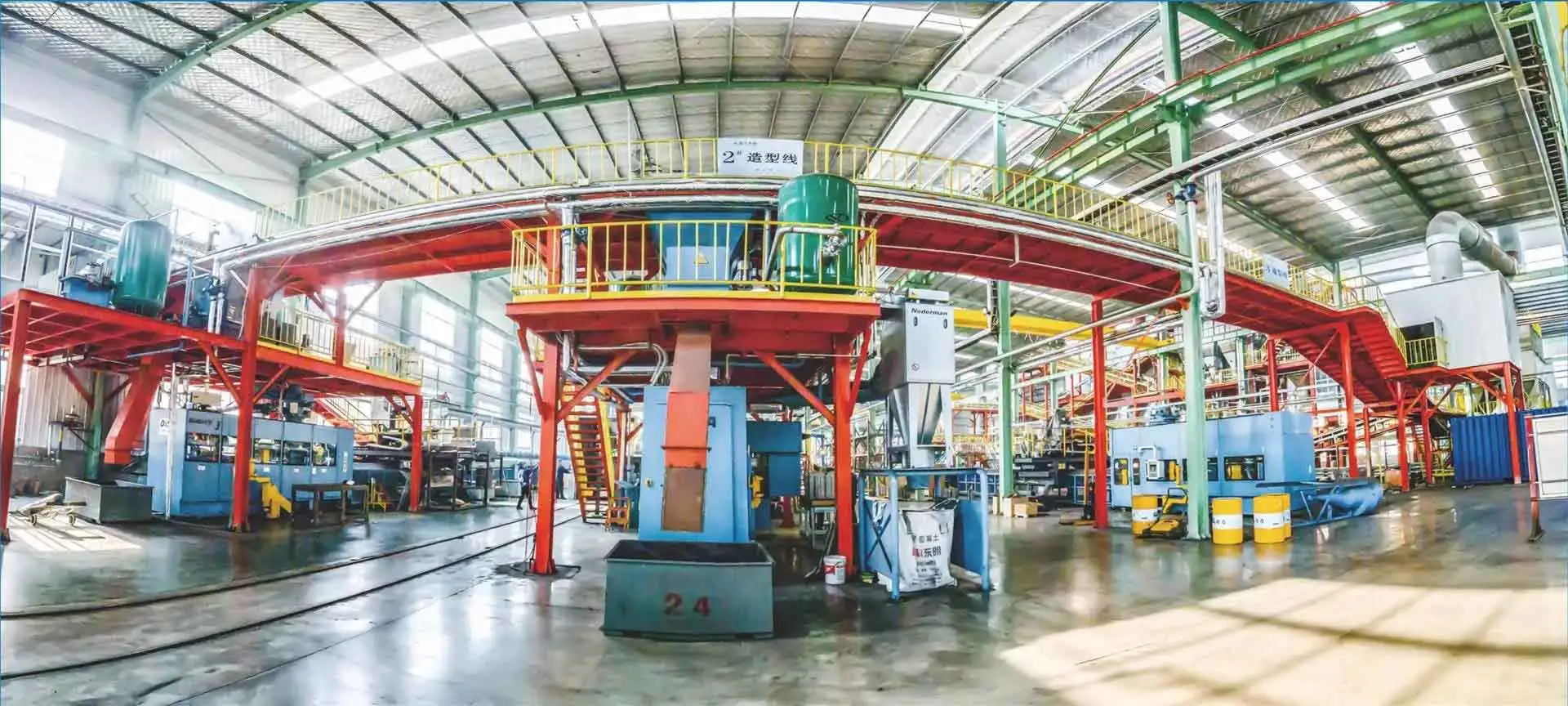When selecting materials for plumbing, irrigation, or industrial systems, you may encounter two similar options: PVC (Polyvinyl Chloride) and CPVC pipe fittings (Chlorinated Polyvinyl Chloride). While they share certain similarities, they are distinct in their properties, applications, and performance capabilities. Understanding these differences is essential to ensure the success and safety of your project.
What Are PVC and CPVC?
PVC is a widely used plastic material known for its durability, affordability, and versatility. It has become a staple in construction and plumbing, primarily for applications that involve cold water or low-pressure systems. CPVC, on the other hand, is a modified form of PVC that has undergone an additional chlorination process. This process increases CPVC’s chlorine content, enhancing its thermal and chemical resistance.
Although they are both derived from the same polymer base, the differences in their composition lead to significant variations in performance and functionality.
Key Differences Between PVC and CPVC Fittings
1. Temperature Resistance
One of the most critical distinctions between PVC and CPVC is their ability to withstand heat.
- PVC Fittings:PVC is suitable for systems where the maximum temperature does not exceed 140°F (60°C). It is ideal for cold water systems, outdoor irrigation, and drainage applications. However, exposure to higher temperatures can weaken the material, leading to warping or leaks.
- CPVC Fittings:CPVC can handle temperatures as high as 200°F (93°C), making it suitable for hot water plumbing, industrial piping, and even fire sprinkler systems. This heat resistance is a result of its additional chlorination, which strengthens the polymer structure.
2. Chemical Compatibility
Another important factor is how the materials respond to various chemicals.
- PVC Fittings:While PVC is resistant to a wide range of chemicals, it is not suitable for highly acidic or corrosive environments. Prolonged exposure to certain chemicals can degrade its structure over time.
- CPVC Fittings:CPVC offers superior chemical resistance, including resistance to strong acids, bases, and salts. This makes it an excellent choice for industrial applications such as chemical transport and wastewater systems.
3. Physical Appearance and Identification
Visually, PVC and CPVC can often be distinguished by their color:
- PVC fittingsare typically white or gray.
- CPVC fittingsare often tan, beige, or yellowish.
Additionally, CPVC fittings often come with specific markings that indicate their temperature and pressure ratings. These markings help ensure that the material is used correctly in the appropriate applications.
4. Cost and Availability
- PVC Fittings:Because PVC requires fewer processing steps, it is generally more affordable and widely available.
- CPVC Fittings:CPVC is more expensive due to the additional chlorination process and enhanced performance properties. However, its higher cost is justified in applications where temperature and chemical resistance are critical.
5. Certification and Applications
Both materials have specific certifications and standards for use. However, CPVC fittings are more commonly certified for use in specialized applications like fire sprinkler systems or hot water systems.
- PVC is ideal for:
- Cold water plumbing
- Irrigation systems
- Low-pressure drainage systems
- CPVC is ideal for:
- Hot water plumbing
- Fire suppression systems
- Industrial piping with chemical exposure
Are They Interchangeable?
Although PVC and CPVC may look similar, they are not interchangeable due to their differing properties. For instance, using PVC in a high-temperature environment could result in material failure and potential safety hazards. Similarly, using CPVC in a situation where its enhanced properties are not required may lead to unnecessary costs.
In addition, the adhesives used for joining PVC and CPVC are different. The solvents in PVC cement may not form a secure bond with CPVC materials, and vice versa. Always ensure you are using the correct cement and primer for the specific material.
Advantages and Disadvantages
PVC Fittings
Advantages:
- Cost-Effective:PVC is one of the most affordable materials on the market, making it a preferred choice for large-scale projects where budget is a concern.
- Widely Available:PVC fittings are easy to source and available in various sizes and configurations, making it convenient for a wide range of applications.
- Lightweight:Its low weight simplifies transportation and installation, reducing labor costs and time.
- Corrosion Resistance:PVC is resistant to corrosion and many chemicals, extending its lifespan in standard plumbing systems.
- Ease of Installation:Compatible with simple solvent welding processes, PVC fittings are straightforward to install even for non-professional users.
Disadvantages:
- Limited Temperature Resistance:PVC cannot handle high temperatures, making it unsuitable for hot water systems or environments with significant heat exposure.
- Chemical Sensitivity:While resistant to many chemicals, it is vulnerable to strong solvents and certain industrial substances.
- Brittle Under Stress:PVC can become brittle over time, especially when exposed to prolonged UV radiation or low temperatures.
- Low Pressure Tolerance at High Temperatures:As temperature increases, PVC’s pressure capacity decreases significantly.
CPVC Fittings
Advantages:
- High Temperature Resistance:CPVC can handle temperatures up to 200°F (93°C), making it ideal for hot water and high-heat applications.
- Chemical Resistance:Superior resistance to acids, alkalis, and industrial chemicals makes CPVC suitable for harsh environments.
- Durability:CPVC maintains its structural integrity over time, even under demanding conditions, reducing the need for frequent replacements.
- Versatile Applications:From residential hot water plumbing to fire sprinkler systems and industrial pipelines, CPVC offers unmatched versatility.
- Fire Resistance:CPVC fittings are often certified for fire sprinkler systems due to their self-extinguishing properties and compliance with fire safety standards.
- Low Thermal Conductivity:CPVC minimizes heat loss in hot water systems, improving energy efficiency.
Disadvantages:
- Higher Cost:CPVC is more expensive than PVC, both in terms of material and installation costs.
- Less Flexible:CPVC is less flexible than PVC, making it harder to work with in tight spaces or intricate installations.
- Limited UV Resistance:While CPVC is durable, prolonged exposure to UV radiation can cause degradation unless adequately protected.
- Specialized Adhesives Required:Installation requires specific solvent cements and primers designed for CPVC, which can add to the overall cost.
- Risk of Cracking:CPVC is more prone to cracking under mechanical stress or sudden impacts compared to PVC.
How to Choose the Right Fittings
To make an informed decision between PVC and CPVC, consider the following factors:
- Application:Will the system involve hot water or chemicals? If so, CPVC is the better choice.
- Budget:For basic, low-pressure applications, PVC offers a cost-effective solution.
- Compliance:Check local building codes and industry standards to ensure your choice meets the required certifications.
- Longevity:If long-term durability in challenging environments is a priority, CPVC provides greater reliability.
Conclusion
While PVC and CPVC fittings share a common base material, their differences in temperature resistance, chemical compatibility, and cost make them suitable for distinct applications. PVC remains a popular choice for general-purpose plumbing and irrigation, while CPVC excels in more demanding environments such as hot water systems and industrial settings.
Choosing the right material for your project is crucial to ensuring safety, efficiency, and long-term performance. When in doubt, consult a professional or refer to manufacturer guidelines to make the best decision for your specific needs.
By understanding these distinctions, you can avoid costly mistakes and achieve a reliable, high-performing system.

